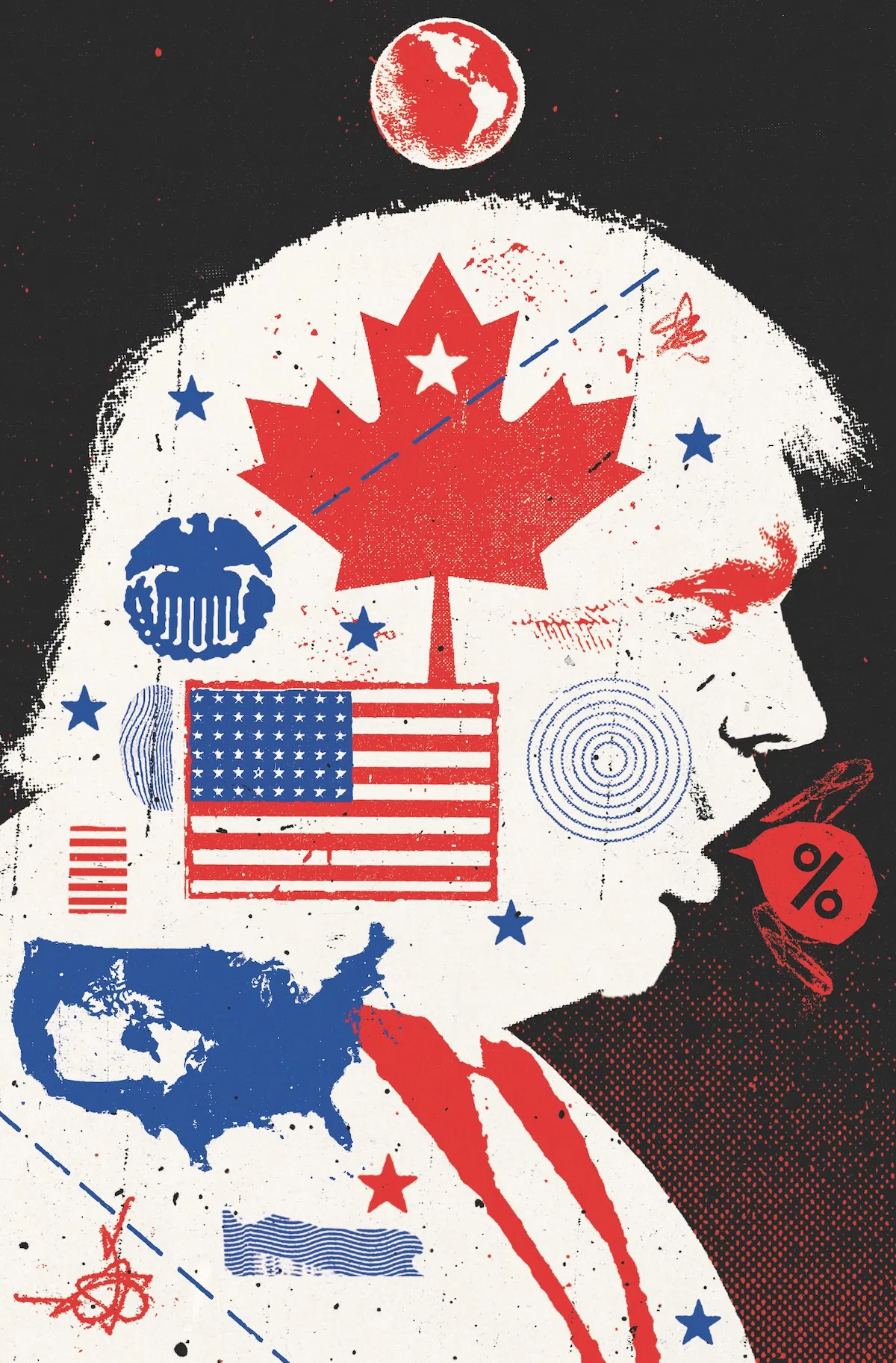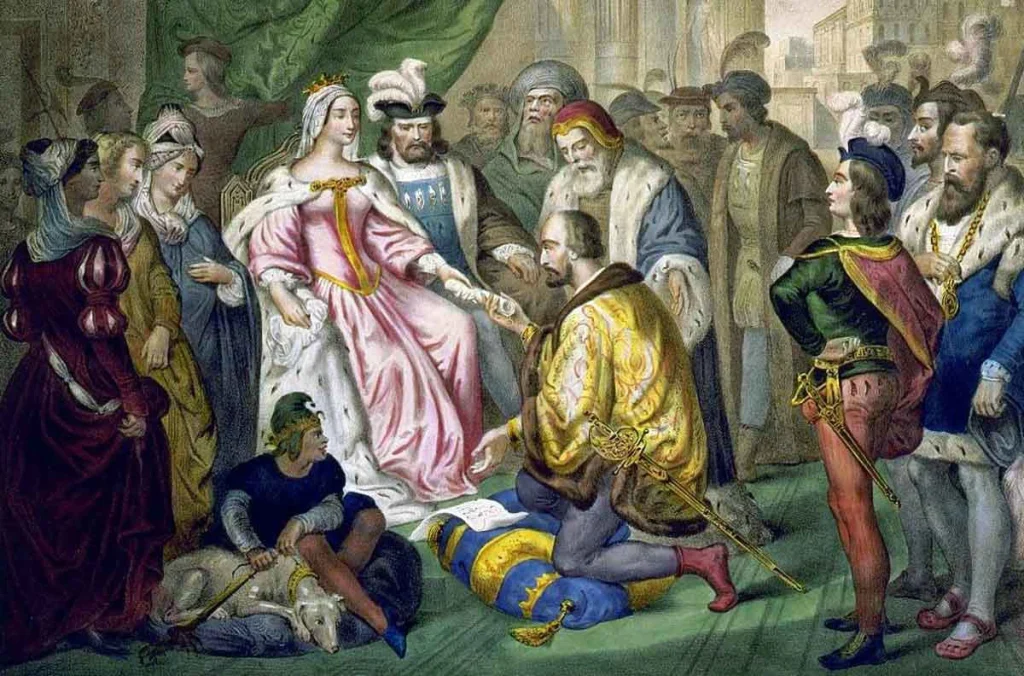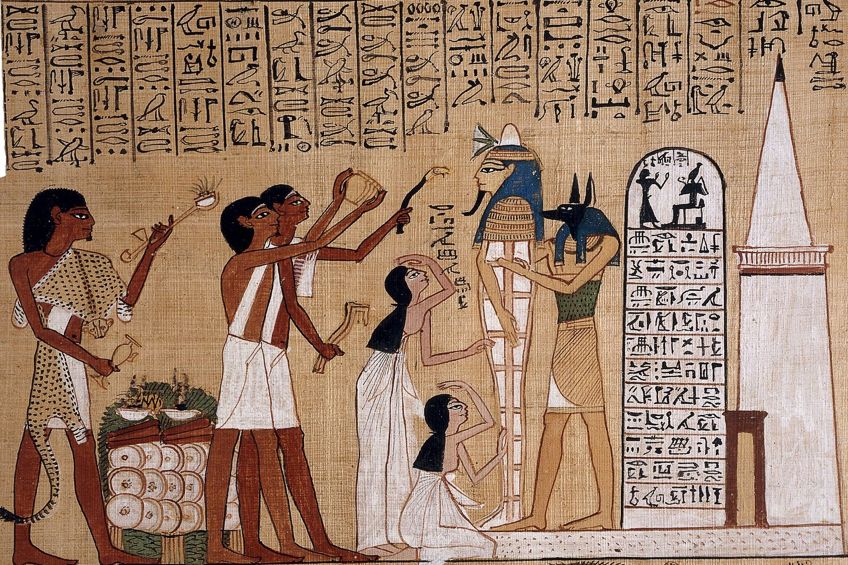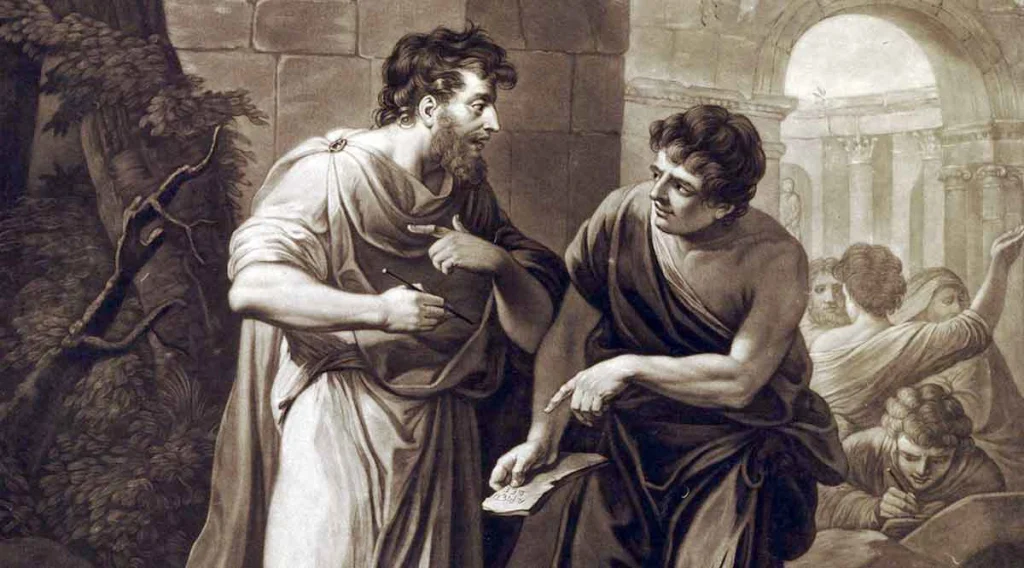# When Trump Rattled Canada: A Story of Tension and Trade
The first 100 days of Donald Trump’s second term were nothing if not chaotic—especially for Canada. From calling Prime Minister Justin Trudeau “Governor Trudeau” to slapping massive tariffs on Canadian cars, Trump’s rhetoric made one thing clear: America’s northern neighbor was back in the crosshairs.
But this wasn’t the first time the U.S. had flexed its muscles toward Canada. In fact, the two countries have a long, uneasy history—one filled with trade wars, territorial disputes, and the occasional threat of annexation.
A History of Uneasy Neighbors
The tension between Canada and the U.S. goes back centuries. In 1775, American troops invaded Canada during the Revolutionary War, hoping to rally support against the British. They failed. Then, in 1812, they tried again—this time with Thomas Jefferson famously declaring that taking Canada would be “a mere matter of marching.”
Once again, the Americans underestimated Canadian resistance. British forces, French-Canadian militias, and Indigenous allies pushed back, leading to a stalemate by 1814. But the message was clear: Canada wasn’t eager to become part of the U.S.
Fast forward to the Civil War, when tensions flared again. The British-built Confederate warship Alabama wreaked havoc on Union ships, leading to demands for compensation—and whispers of war. If conflict had erupted, Canada would have been the first target.
Even after Canada gained self-rule in 1867, the U.S. didn’t stop eyeing its neighbor. In 1903, a bitter dispute over the Alaska boundary saw Britain siding with the U.S., leaving Canadians feeling betrayed. Henry Cabot Lodge, a U.S. senator at the time, openly advocated for Canada’s annexation.
Trade Wars and Tariffs
Trade has always been a battleground. In 1911, a proposed free trade deal with the U.S. sparked outrage in Canada, with opponents warning it would make Canada an economic vassal. The government fell, and the deal collapsed.
Then came Prohibition. While the U.S. banned alcohol, Canada happily supplied it—leading to a booming smuggling trade. New York and Chicago’s speakeasies were often stocked with Canadian whiskey, much to Washington’s frustration.
By the 1930s, relations thawed under FDR’s “Good Neighbor” policy. But the underlying imbalance remained. As Pierre Trudeau later quipped, living next to the U.S. was like “sleeping with an elephant”—every twitch and grunt affected Canada.
Trump’s Second Term: Déjà Vu?
When Trump returned to power, old fears resurfaced. His 25% tariffs on Canadian autos hit hard, and his talk of Canada as the “51st state” stung. Meanwhile, British Prime Minister Keir Starmer awkwardly handed Trump an invitation for a royal state visit—just as the U.S. president was pressuring Canada on sovereignty.
Canadian Prime Minister Mark Carney seized the moment, framing the 2025 election as a referendum on standing up to Trump. His opponent, Conservative leader Pierre Poilievre, struggled as critics compared his populist style to Trump’s. In the end, Carney’s message—defending Canadian values and sovereignty—won the day.
The Elephant in the Room
Canada has always walked a tightrope with the U.S. Too close, and it risks losing independence. Too distant, and it faces economic consequences. Trump’s second term was just the latest chapter in a centuries-old story—one where Canada, once again, had to prove it was more than just America’s little brother.
As history shows, Canadians don’t take kindly to being pushed around. Whether it’s trade wars, territorial disputes, or presidential insults, they’ve always found a way to push back. And if Trump thought he could bully them into submission, he clearly hadn’t read the history books.











































